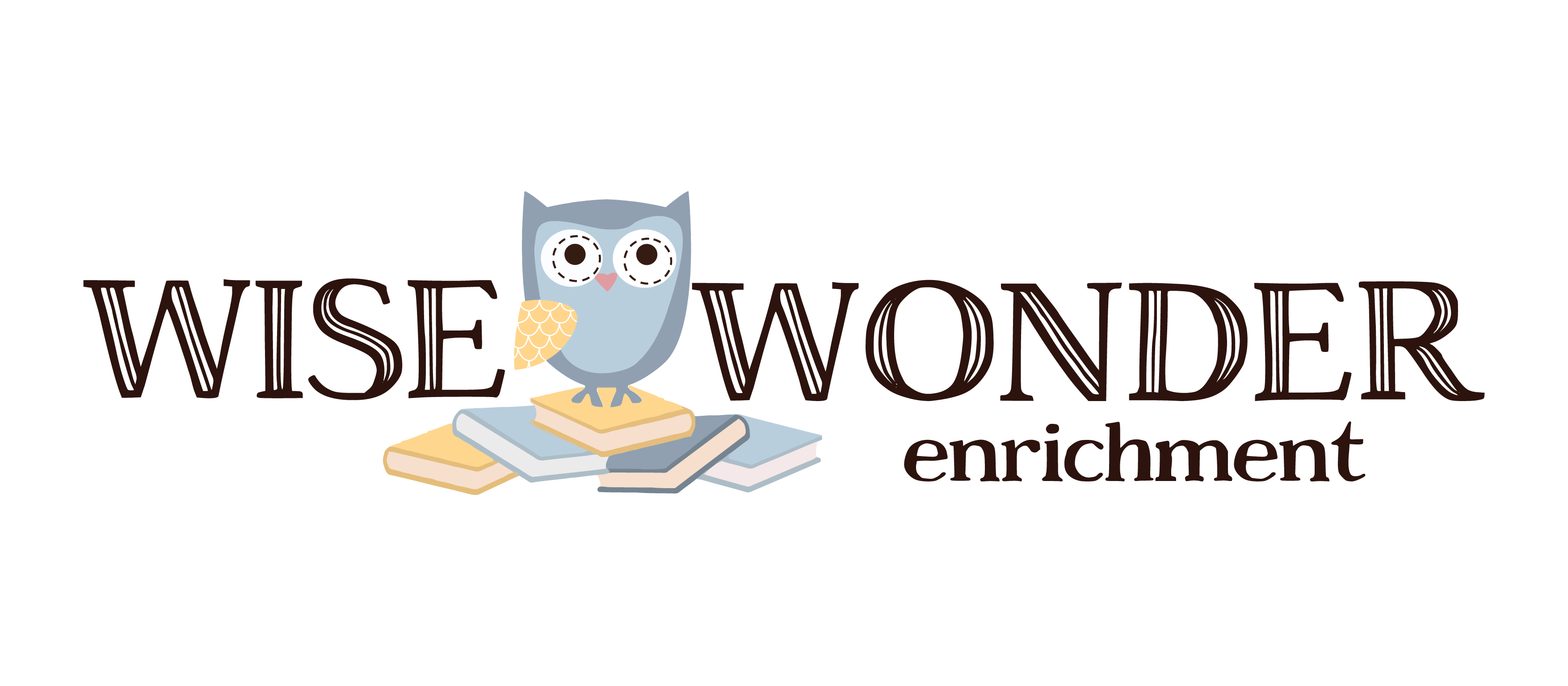 As children enter preschool and beyond, they are exposed to many new learning experiences and routines. We incorporate structure into our classrooms to help make this transition easier for our littlest learners and to introduce more advanced concepts to get them ahead of the game. One particular area of academics we implement even beginning with our lowest tier is, of course, reading.
As children enter preschool and beyond, they are exposed to many new learning experiences and routines. We incorporate structure into our classrooms to help make this transition easier for our littlest learners and to introduce more advanced concepts to get them ahead of the game. One particular area of academics we implement even beginning with our lowest tier is, of course, reading.
While we know that it’s a long and winding road to the beginning stages of reading, we believe it’s never too early to take those first steps. We start to focus more directly on this skill in our Pre Hoots tier. Our Pre Hoots — ranging in age from 3 ½ to 4 ½ — continue to work on handwriting and grip, but also on early reading and comprehension. There are certain exercises we incorporate into class that make the process not only inviting, but fun. After all, if children learn to love reading first, they’ll be that much more eager to grow and succeed.
Implement Word Families
Kids are exposed to word families from the earliest stages of their adolescence without even really realizing it. The Cat in the Hat is still one of the most popular children’s books out there, and it is a story riddled with word families. Rhyming activities are often the most effective way to introduce independent reading as hearing and finding rhymes can come before decoding and blending, but will ultimately assist with both. An easy way to make the concept fun? Create a word family memory game using notecards and help children find and remember the matches. They can put them together to form whole families and to easily see the ways in which the words are similar and what letters create the rhyme.
Uncover Sight Words
Sight words can be the most difficult part about learning how to read as they don’t follow the rules of phonics. What do you do when you can’t sound out a word? Memorization is key when it comes to sight words but is an idea that can be lost on young children. We use coloring pages to help with the process — children color in the sight words to create an image. This allows them to view and say the word over and over again, which is an aide in memorization. Another way to make remembering fun is sight word bingo. Much like a word family memory game, you can create a bingo board with sight words and have children place a button — or something sweet for extra incentive! — as they find the words. We use the Dolch List when teaching sight words — you can check out the pre-k list here.
Introduce Decoding and Blending
This is probably the most important aspect of teaching a child how to read, but can also be the longest part of the process. It’s a marathon — not a sprint! We always remind our students that the most important part about learning how to read is doing it at your own pace to ensure you’re mastering each skill before uncovering a new one. Decoding is also referred to as “sounding it out” — learning each letter sound and listening to their place in a word step by step. After this comes blending — putting those sounds together to create the overall word. Children begin to develop phonemic awareness from the time they learn the alphabet, but the next step can be a challenge. Use fun pointers — magic wands, fuzzy pencils, etc. — to make the process engaging!
Happy Reading!

